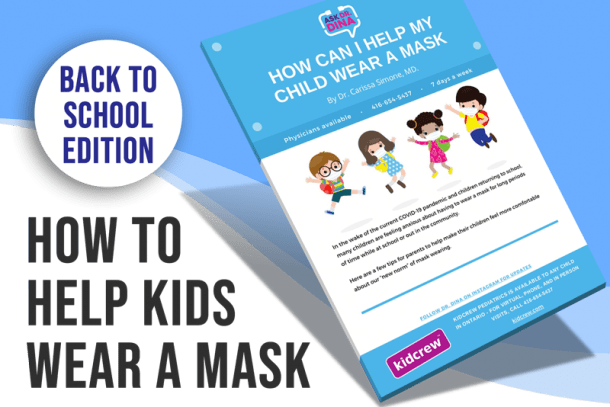As a pediatric physiotherapist, I recommend lots of tummy time to almost all of my infant clients. Before becoming a mother myself, I stood proudly on my soap box dispensing all sorts of evidence-based facts to the new moms coming into my office (probably as they were gritting their teeth!). But as karma would have it, the son of a pediatric physiotherapist hated tummy time–just like many babies who were coming in. It was as if all of my advice and cheerful “tips for tummy time” to my clients were coming back to haunt me!
As tough as it is, the building blocks of coordination and strength that tummy time gives a baby are worth it. So below are my tips for tummy time to make it work for you and your baby – from both my professional and personal experience:
Start small
It doesn’t have to be a big lengthy session. A few minutes (or seconds to start!) throughout the day will help familiarize your baby with the position.
Take away gravity
Hold your baby up near your shoulder. Good news – you’re likely already doing this when you carry or burp your baby! The higher up on your shoulder you hold the baby, the more strength baby uses to keep their head up and steady.
Recline and relax
Lying in a reclined position, rest the baby on your chest for nap time or playtime. You can start reclined at a 45 degree angle and gradually lie down more. Added bonus – baby will get the benefit of great strengthening work as he or she lifts their head to look at you.
Incline play
Similar to the two above, decreasing gravity on your baby can make a huge difference. Take a couch cushion and place it on the floor, with one side propped up with a few books so that the baby can be on their tummy on an incline. Start at 45 degrees and gradually lower the incline as your baby gets stronger. Remember to get down to their level and play face to face.
Tummy carry
Try carrying your baby in your arms so that their back is against your chest/stomach and your hands are supporting their chest/stomach. From here you can gradually “roll” them forwards so that they are on their tummy in your arms. Give your baby a tour of the house or have them look at themselves in the mirror for motivation.
Baby airplane
Lying on your back on the floor, bend your legs and place your baby on your shins, face-to-face with you. You can sway gently from side to side or bounce your shins gently to keep him/her engaged and happy.
Use your legs
Sitting on the floor with your legs extended, place baby on their tummy across your thighs. If this is tricky, you can bend the leg that is under their chest to provide an incline. Use toys on the floor beside you to encourage baby to put their arms out on the floor.
Use a prop or roll
Roll up a small towel or blanket and place it under your baby’s chest for extra support. Make sure to bring your baby’s arms in front to help them prop on their forearms. You can also use a U-shaped nursing pillow or a tummy time pillow.
Yoga/therapy ball
Place your baby on their stomach on a yoga ball. Again, this one allows you to play with baby’s incline. Start with baby vertical (almost like they are standing) and gradually and slowly roll them forwards so that they are on their tummy. Gently rock back and forth to help baby build strength. Remember to hold on tight and stay close during this one.
Entertainment
The key to any good tummy time is keeping baby well entertained. Remember, this is a tough workout for your baby. Most of us exercise with music or television to motivate and distract us, and your baby should be given the same equivalent. Get down to their level and break out all the light-up, musical, colorful toys that you have.
Hopefully these tips for tummy time reduce crying from baby and headaches for mom! Good luck!
Quick tips:
- Start small with short intervals to build up tolerance
- Use an incline to start
- Entertain and distract with family members or toys
- Don’t give up – your baby will get there!

Jennifer is a registered physiotherapist working in the field of paediatrics. She has worked with children of all ages, helping them to achieve their motor milestones through various therapeutic approaches. Jenn also has extensive experience working with infants with torticollis and plagiocephaly. As a new mom herself, she loves sharing her experiences and learning from others.










